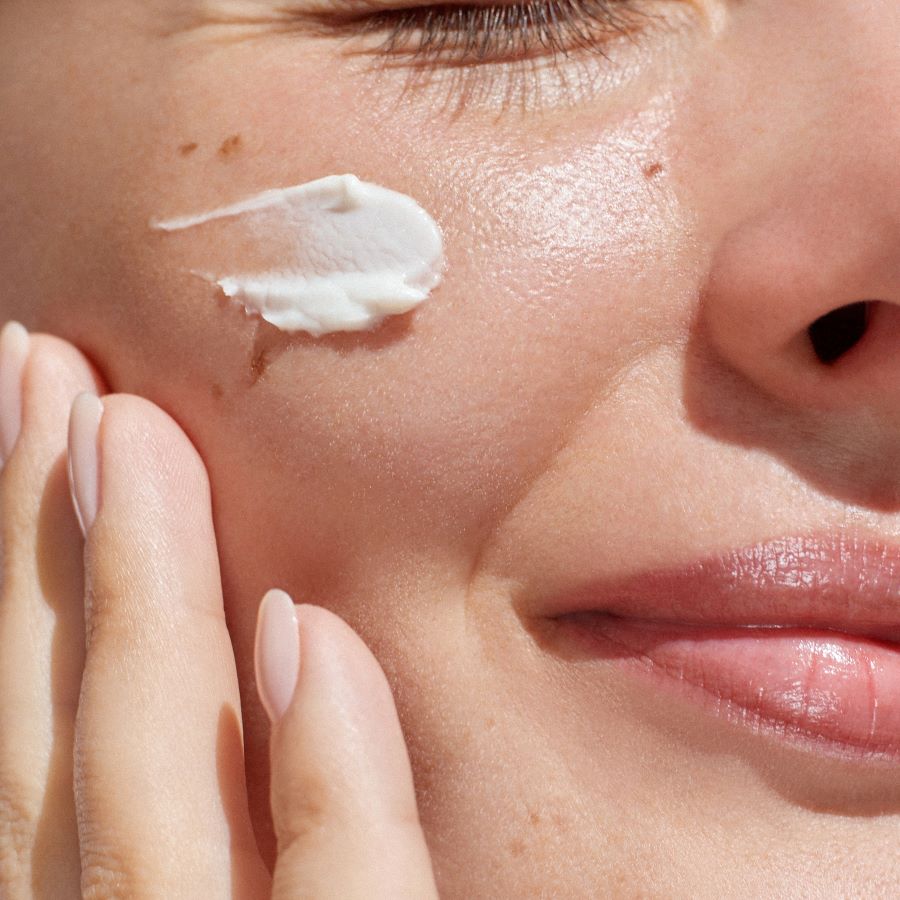Comparing Clinical and Consumer Skin Assessment Methods
Clinical assessments and consumer-oriented skin tests aim to evaluate hydration, pigmentation, acne risk, and other attributes, but they differ in purpose, precision, and oversight. This teaser summarizes key contrasts between medical dermatology evaluations and at-home or retail skin analysis tools, highlighting how technology, routine factors, ingredients, privacy, regulation, and personalization shape results.

Clinical and consumer skin assessment methods both seek to characterize the skin’s condition, but they are designed with different audiences and goals in mind. Clinical assessments performed by dermatology professionals emphasize diagnostic accuracy and treatment planning, while consumer tools—ranging from facial devices to app-based skin analysis—prioritize accessibility, personalization, and routine-friendly feedback. Understanding these differences can help users interpret hydration readings, pigmentation maps, acne risk scores, and recommendations about ingredients without overestimating the precision of a single test.
What does skincare assessment measure?
Skincare assessments commonly report on hydration, pigmentation irregularities, acne-prone areas, texture, and barrier function. In clinical settings, measurements may include transepidermal water loss, biopsy-confirmed pigmentation analysis, or dermatologist-graded acne scales; consumer devices often rely on optical imaging, moisture sensors, or machine-learning models trained on labeled photos. Both approaches inform routine adjustments—such as altering topical ingredients or cleansing frequency—but clinical measures tend to be standardized and reproducible, while consumer output is oriented toward everyday routine tips and product suggestions.
How do dermatology assessments differ?
Dermatology assessments integrate patient history, clinical examination, and, when needed, tests like dermoscopy, patch testing, or lab work. A dermatologist can consider systemic factors affecting the skin—hormonal influences on acne, medications, or genetic pigmentation disorders—and provide medical diagnoses and prescriptions. The evaluation process includes trained observation and clinical judgment, reducing false positives or overinterpretation that can arise from automated scans. In short, dermatology focuses on evidence-based diagnosis and treatment, with assessments embedded in regulated clinical practice rather than simply generating consumer-facing scores.
What is skin analysis technology?
Skin analysis technology spans imaging, spectroscopy, and algorithmic interpretation. High-resolution cross-polarized photos can reveal subsurface pigmentation; multispectral sensors estimate hydration; and AI models attempt to classify acne severity or wrinkle depth. These technologies are increasingly embedded in apps, kiosks, and retail devices. While technology can democratize baseline assessment and personalization, accuracy depends on sensor quality, training data diversity, and transparent validation. Users should consider whether an app or device explains its methods, limits, and whether its recommendations are evidence-based rather than purely product-driven.
Are facial devices accurate for assessment?
Facial devices marketed for skin analysis and monitoring vary widely in accuracy. Some FDA-cleared or clinically validated tools used by professionals offer reliable measures of hydration or lesion morphology; many consumer-grade facial devices aim for convenience and may provide helpful trend data but lack clinical validation. Light-based sensors, moisture probes, and imaging tools can indicate changes over time, yet single readings are sensitive to recent routine actions—like cleansing, topical application of ingredients, or ambient humidity—so interpreting a device’s output requires context and repeated measurements rather than a single definitive score.
How do routine and ingredients influence results?
Daily routine and applied ingredients directly affect assessment outcomes. Moisturizers and occlusives can transiently elevate hydration readings; exfoliants and retinoids alter texture and pigmentation over weeks; sunscreen use changes UV-related pigmentation risk. Consumer assessments that do not account for recent product application, cleansing, or environmental humidity can misrepresent the underlying skin state. Clinical assessments typically standardize conditions before measurement and consider ongoing treatments, while consumer tools may offer guidance but cannot fully control for user behavior, so personalization of recommendations should weigh both measured data and known ingredient effects.
What about privacy, regulation, personalization?
Privacy and regulation differ sharply between medical records and consumer apps. Clinical data are protected within healthcare privacy frameworks in many jurisdictions, whereas consumer skin analysis apps and devices may collect images and personal data under different terms of service. Regulation for medical-grade assessment is more stringent; consumer products often fall under general consumer protection rules unless a device makes medical claims and seeks regulatory clearance. Personalization in consumer tools can be valuable—tailoring routine and ingredient suggestions to user-reported concerns—but users should review data policies, understand how models were trained, and seek regulated care when a condition appears clinical rather than cosmetic.
This article is for informational purposes only and should not be considered medical advice. Please consult a qualified healthcare professional for personalized guidance and treatment.
Clinical and consumer skin assessment methods complement each other: clinical dermatology provides diagnostic rigor and treatment pathways, while consumer technologies offer accessibility and ongoing monitoring that can inform daily routines. When interpreting hydration, pigmentation, acne, or texture outputs, consider the method’s validation, the influence of recent products and environment, and the privacy and regulatory context. Combining informed consumer tracking with professional dermatology consultation offers a balanced approach to managing and understanding skin health without over-relying on any single test.





